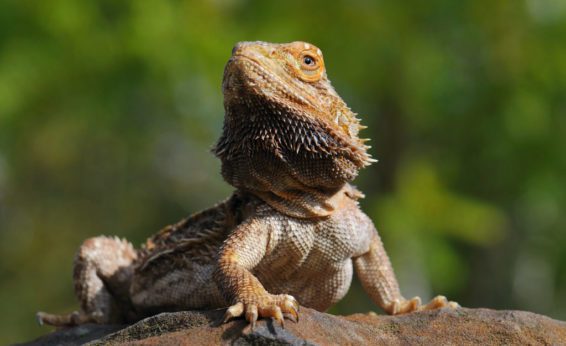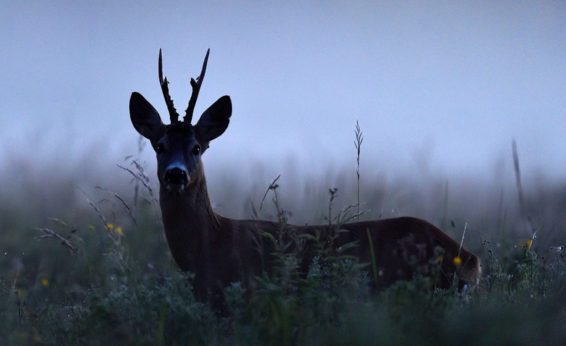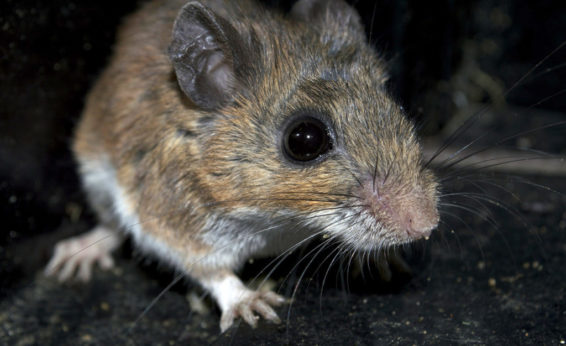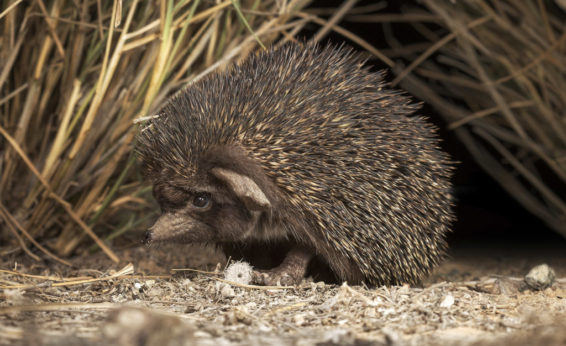
Rhythms
Rhythms
Humans have been aware of rhythms in animal behavior for thousands of years. “The early bird gets the worm” and other phrases have entered the vernacular. This section focuses on daily circadian rhythms.
Learning Outcome: Provide examples of endogenous and exogenous impacts on circadian rhythms.

In many parts of the world, mornings are characterized by bird song.
Many animals have rhythms with activity concentrated at certain times of the day.

Diurnal
Active during daylight hours.

Nocturnal
Active during the night.

Crepuscular
Active during dawn and dusk.
Daily rhythms, also called circadian rhythms, are impacted by a combination of factors.
Exogenous (external) factors include sunlight and temperature
Endogenous (internal) factors include hormones and nervous activity
One of the species used as a model for studying the factors that impact circadian rhythms is the vole. There are many vole species and most are nocturnal.
This video of meadow vole trails that have been made after a grassland fire gives an indication of the large numbers of voles in the Willamette Valley.
This is a montane (mountain) vole. We are going to look at how experiments have demonstrated that a variety of factors impact their levels of activity.

Watch this video; you can select the closed captioning “cc” option if you would like to see the text.
There are many potential advantages of nocturnal activity.
What are two you can think of?
Potential advantages of nocturnal activity

Cooler Temperatures
Night conditions are typically cooler and moister, critical for some desert species.

Predator Avoidance
Nighttime activity may reduce exposure to predators that rely on vision for hunting.

Reduction of Competition
Organisms that eat similar foods, like seeds, may have reduced competition at feeding sites when foraging at night.
Sleeping, or decreased activity, is a component of daily circadian rhythms.
Animals with a central nervous system (brains and spinal cords) can increase or decrease the activity of various organs. Sleep is characterized by a decrease in sensory activity and a resulting decrease in reaction to the environment.
During sleep, overall metabolism (cellular activity) decreases and cells engage in building and repair activities with the nervous, muscular, and skeletal systems. This contrasts with waking activities like obtaining food and building structures, which require high cellular activity and the breaking down of food molecules for energy.

One of the ways researchers learn about a process is to study disease conditions when a “normal” process like sleep no longer occurs. Humans with narcolepsy fall asleep at unusual times. This can also occur in some animals, including dachshund dogs. Studying these dogs has revealed that similar genes, or portions of DNA, impact sleep initiation, in humans and dachshunds. A change in DNA, or mutation, can lead to sleep initiation at irregular times. This suggests that a genetically determined endogenous “miss-cue” can lead to narcolepsy.
Circadian rhythms are not absolute. These house crickets are sitting in the sun, even though they are typically nocturnal. We’ve observed that after weeks in a tank without predators, the crickets appear to not follow the tight nightly activity cycle they do when predators are present.
In the next section, we’re looking at an animal that significantly impacts humans:
chickens.











